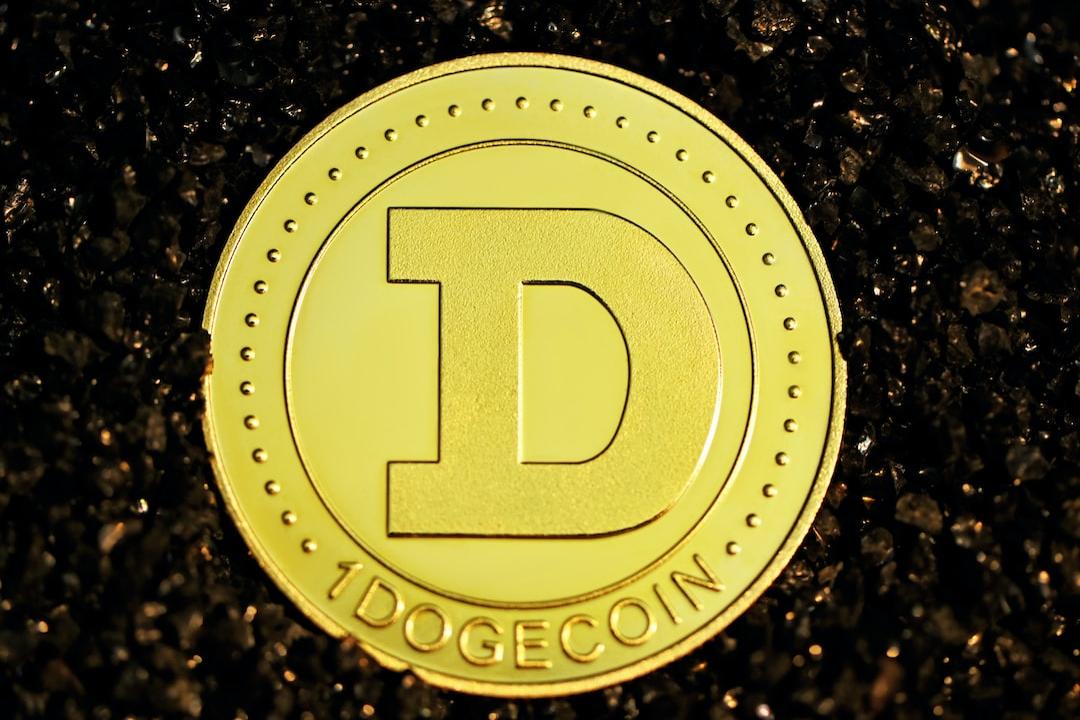As signs of economic recession emerge, market sentiment tightens, and the Federal Reserve is about to hold the FOMC meeting to weigh inflation risks against economic slowdown. This article will analyze the policy stance, economic forecasts, dot plot, and the effects of quantitative tightening on the market, predicting potential risks and opportunities. The article is originally written by Jinze and republished by Wublockchain.
Background recap: US Treasury Secretary Janet Yellen: “There’s no guarantee that the economy won’t go into a recession,” but the current pullback is harmless. Trump is preventing another financial crisis from happening.
Background Information: A US poll: Only 10% support expanding spending on the cryptocurrency industry, with more than half opposing Trump’s proposal to create a Bitcoin reserve.
March 20th, 2:00 AM Taiwan Time – FOMC rate decision announcement:
Signs of recession have begun to appear, and with financial markets on edge, Fed officials are undoubtedly aware of this. Therefore, the core dilemma of the March FOMC meeting will be for policymakers to balance “economic slowdown” against “persistent inflation” and whether to preemptively counteract the “Trump uncertainty”.
If the meeting signals “lower inflation tolerance + later rate cuts” while ignoring the chaos caused by Trump’s fiscal policies and tariffs, this will drive down US bonds, US stocks, and the cryptocurrency market, with the dollar strengthening in the short term. (Of course, the probability of these hawkish elements aligning is low, in my opinion.)
On the other hand, if the Federal Reserve believes current inflation is driven by temporary factors (such as tariffs and supply chains), or if the economic recession risk outweighs inflation risk, and thus tolerates inflation temporarily exceeding the 2% target or triggers early rate-cut expectations, it will be positive for risk assets.
Moreover, if the Fed is too worried about economic growth, even with expectations for liquidity easing, it could lead to short-term panic in the market, resulting in disordered volatility.
Here are the specific points to focus on:
1. Interest Rate Decision and Policy Stance
Will the interest rate remain unchanged? All institutions unanimously expect the Federal Reserve to maintain the federal funds target rate range at 4.25%-4.50%, continuing the stance of “no rush to act”. There should be no surprises here. If something unexpected happens, go long with your eyes closed.
Policy Announcement Wording: Pay attention to whether the statement adjusts its assessment of economic growth, inflation, and risk balance (e.g., shifting from “strong growth” to “moderate slowdown”), and whether it continues to emphasize the tight labor market.
If the announcement emphasizes persistent inflation, it may suppress risk assets; if it downplays inflation growth risks, it may boost the stock and cryptocurrency markets.
2. Economic Forecast Adjustments (SEP)
Growth and Unemployment Rate: Wall Street expects Fed officials to slightly lower the 2025 GDP growth rate (from 2.1% to 2.0%), reflecting the drag of trade policies and consumer slowdown. The unemployment rate may remain low (at 4.3%).
Inflation Path: The previous forecast for core PCE inflation was 2.5%. If officials have considered the transmission of tariffs and wage stickiness, they may raise the forecast, which is a bad signal.
Additionally, watch for long-term inflation expectations to “de-anchor” (e.g., the recent warning of Michigan University’s inflation expectations jumping to 3.9%).
Market Impact: If GDP growth is downgraded and core PCE inflation forecast is raised, it would signify an increase in stagflation expectations, potentially pressuring risk assets and benefiting gold.
3. Dot Plot’s Rate Cut Signal
Median Number of Rate Cuts in 2025: Current market expectations are two rate cuts (each 25bps). We need to observe whether it stays the same, decreases (one cut), or increases (three cuts).
Long-term Neutral Rate (r*): If trade policies are seen as pushing up supply-side costs, it could lead to an upward revision of r*, implying less room for rate cuts.
Committee Divergence: Focus on the degree of dispersion in the dot plot. If the 2025 forecast is concentrated on 1-3 rate cuts, the policy path is highly uncertain.
Market Impact: Stagflation signals have already emerged, so the key focus of this dot plot will be verifying the Fed’s tolerance for “stagflation” risks.
If the dot plot signals fewer rate cuts (1 cut), short-term yields will rise, pressuring risk assets. If more rate cuts (3 cuts) are expected, risk appetite will be boosted.
If the dot plot suggests more rate cuts, we need to verify whether the core PCE forecast is also revised down (original forecast was 2.8%). Conflicting signals (more rate cuts + higher inflation) would trigger market chaos.
4. Quantitative Tightening (QT) Adjustment Plan
Balance Sheet Reduction Pace: QT adjustments may include slowing down the pace of balance sheet reduction or suspending the reduction of MBS holdings (currently $35 billion per month).
Reinvestment Strategy: Pay attention to whether MBS repayment funds are reinvested in government bonds (neutral strategy) or skewed toward short-term bills, which could distort the short-end, especially with the debt ceiling causing a reduction in bill issuance. If reinvestment is skewed toward government bonds or long bonds, it could depress long-term yields and ease term premium pressures, which would be an additional benefit.
Market Impact: This could be the biggest positive signal in this meeting. If the Fed sets a clear timeline for ending QT or eases liquidity pressure expectations, it could favor a rebound in risk assets.
5. Trade Policy and Inflation Risks
Tariff Impact Assessment: Will the Federal Reserve mention the dual impact of trade policy uncertainty on growth and inflation during the announcement or press conference? Some institutions expect tariffs to increase core PCE by 0.5 percentage points.
Will the Fed hint at concerns about “stagflation” risks (the market has already priced in recession, but the Fed is more concerned about inflation)?
If inflation expectations get out of control, will the Fed issue a hawkish signal of “raising rates if necessary” (low probability, but needs to be watched)?
Market Impact: If the Fed emphasizes persistent inflation, real interest rates will rise, pressuring gold. If stagflation is acknowledged, risk assets may be sold off. If inflation is controllable, the market will adopt a wait-and-see approach.
6. Debt Ceiling and Fiscal Policy Risks
Government Shutdown Risk: The debt ceiling deadlock remains unresolved. Pay attention to whether the Fed hints at liquidity support measures (e.g., adjusting SRF tools) in advance, which would be a positive signal.
Fiscal Drag: Whether the impact of government spending cuts on economic growth is factored into the SEP forecast (e.g., federal layoffs hurting employment).
Market Impact: The market impact here may be tricky. Generally, if the Fed is very concerned about chaos in the government bond market and has a pessimistic view of economic growth, the market may panic-sell in response. The attention may then shift to expectations of Fed easing, leading to short-term, disordered, and large volatility.


